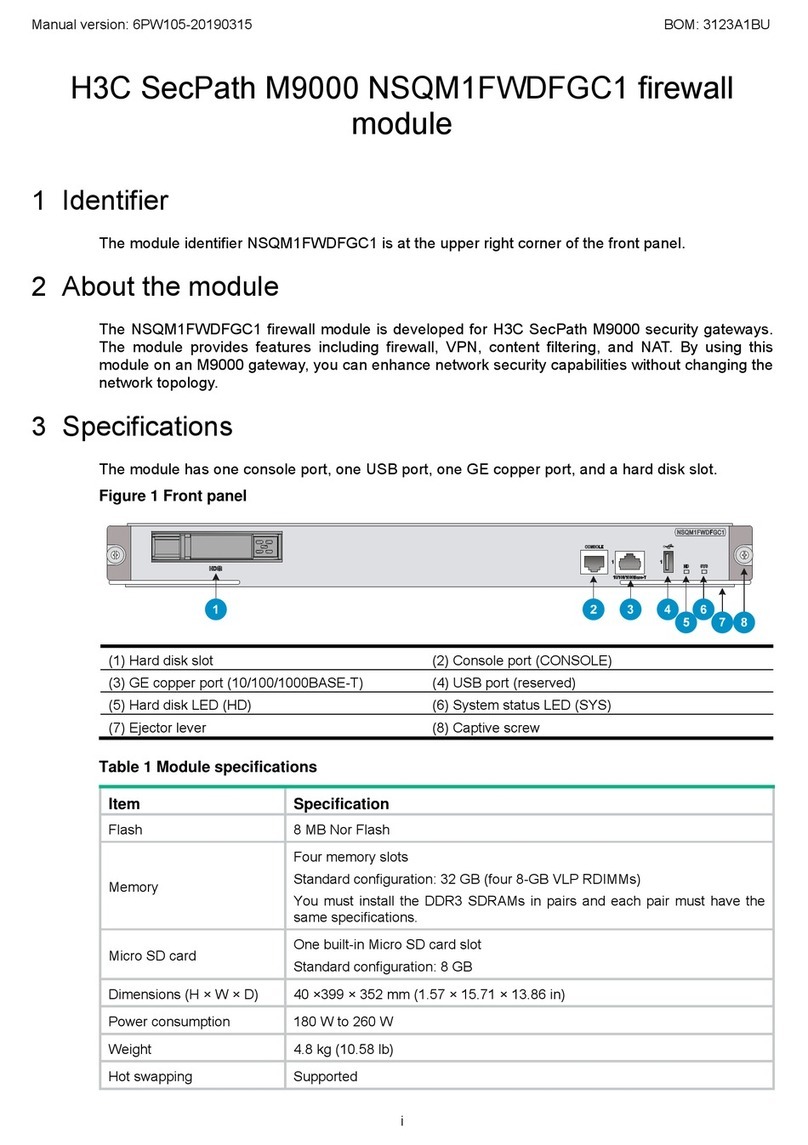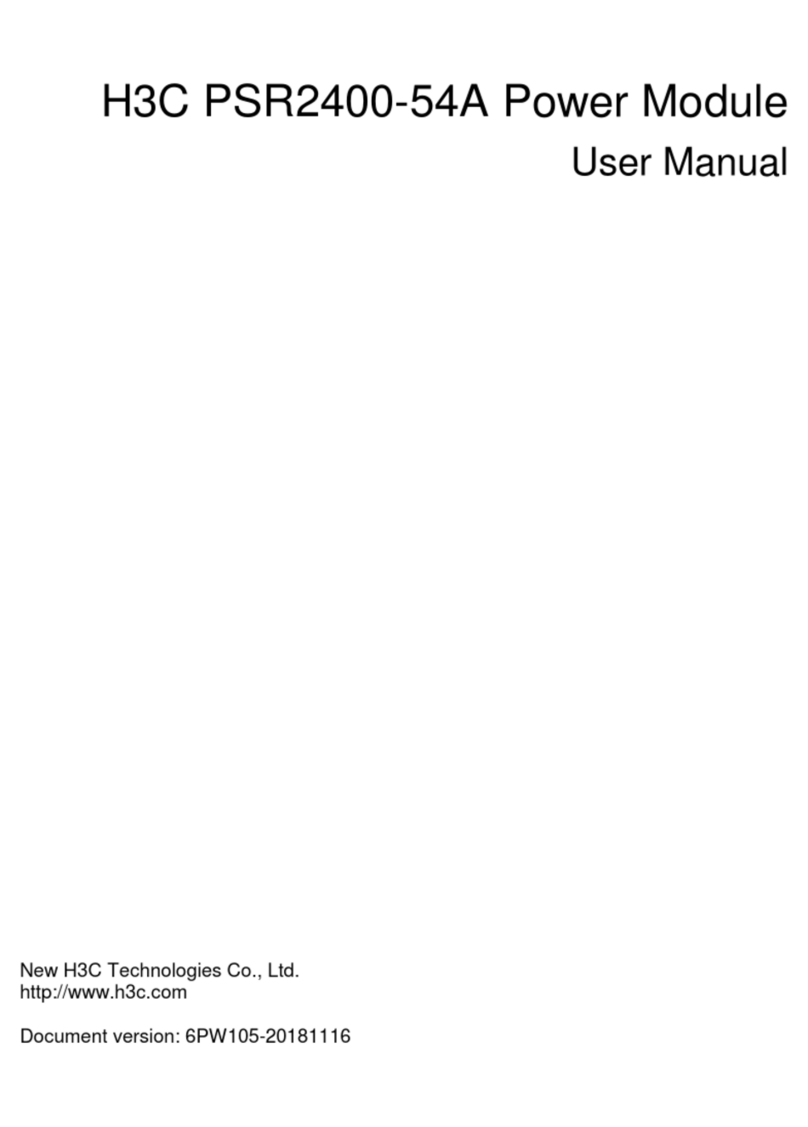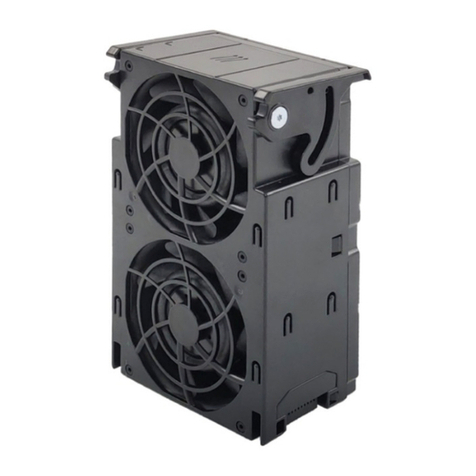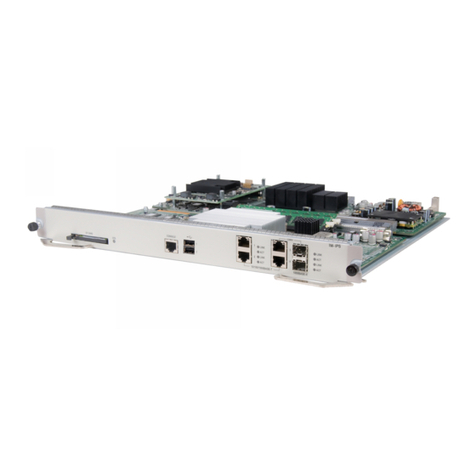H3C EWPA1PCID User manual




















Table of contents
Other H3C Control Unit manuals
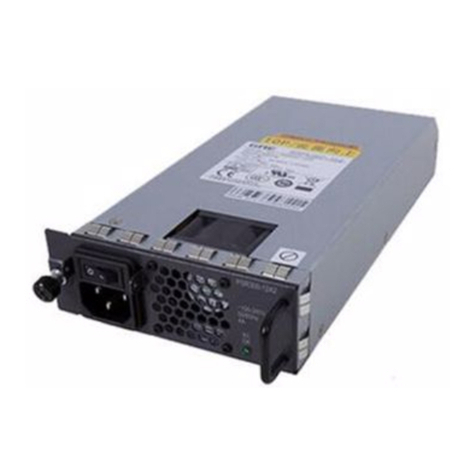
H3C
H3C SecPath PSR300-12A2 User manual

H3C
H3C PSR250-12A User manual
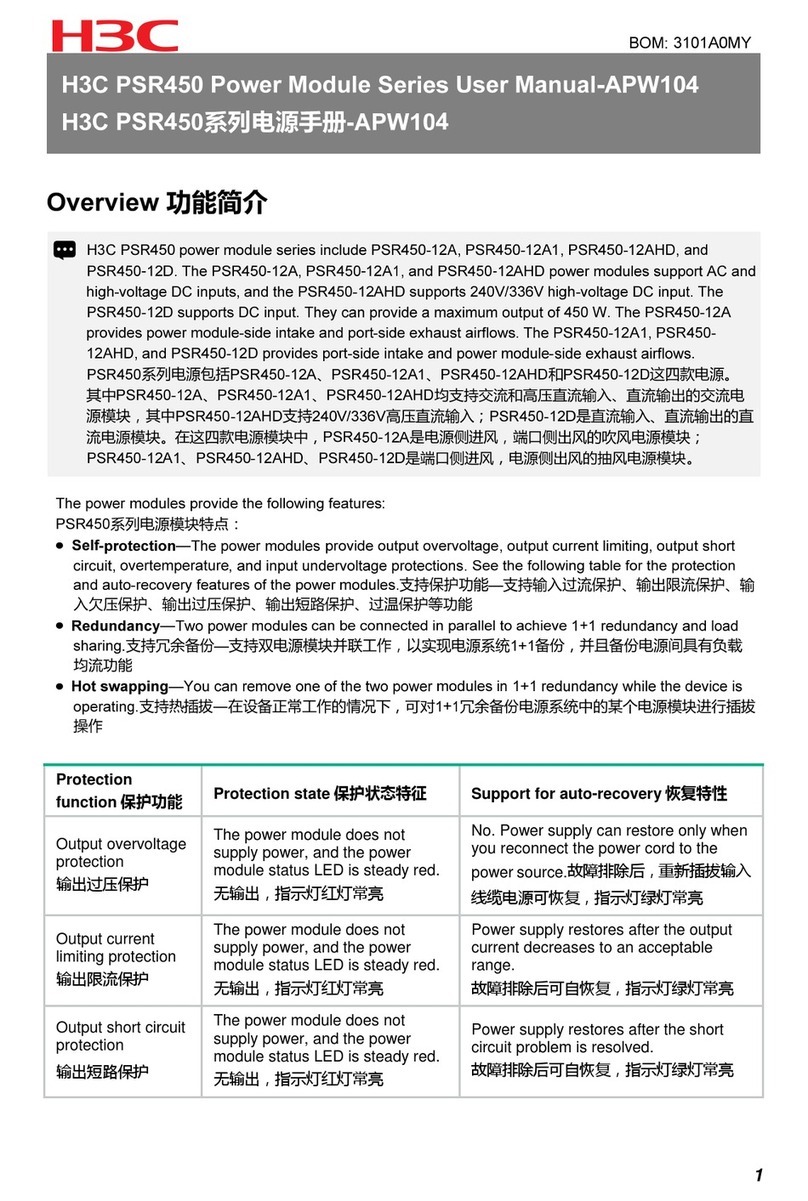
H3C
H3C PSR450-12A User manual

H3C
H3C PSR450-12A User manual
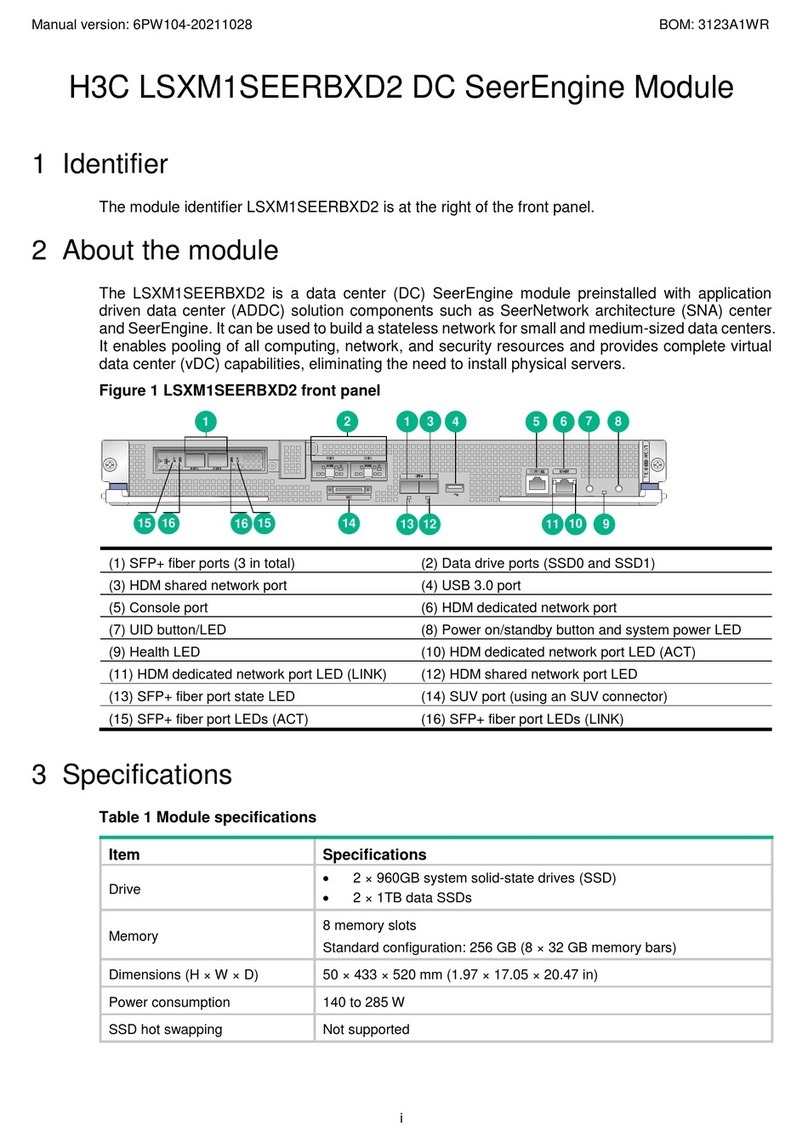
H3C
H3C LSXM1SEERBXD2 User manual

H3C
H3C S9500E Series Parts list manual

H3C
H3C SecPath PSR300-12A2 User manual

H3C
H3C LSBM1WCM2A0 User manual
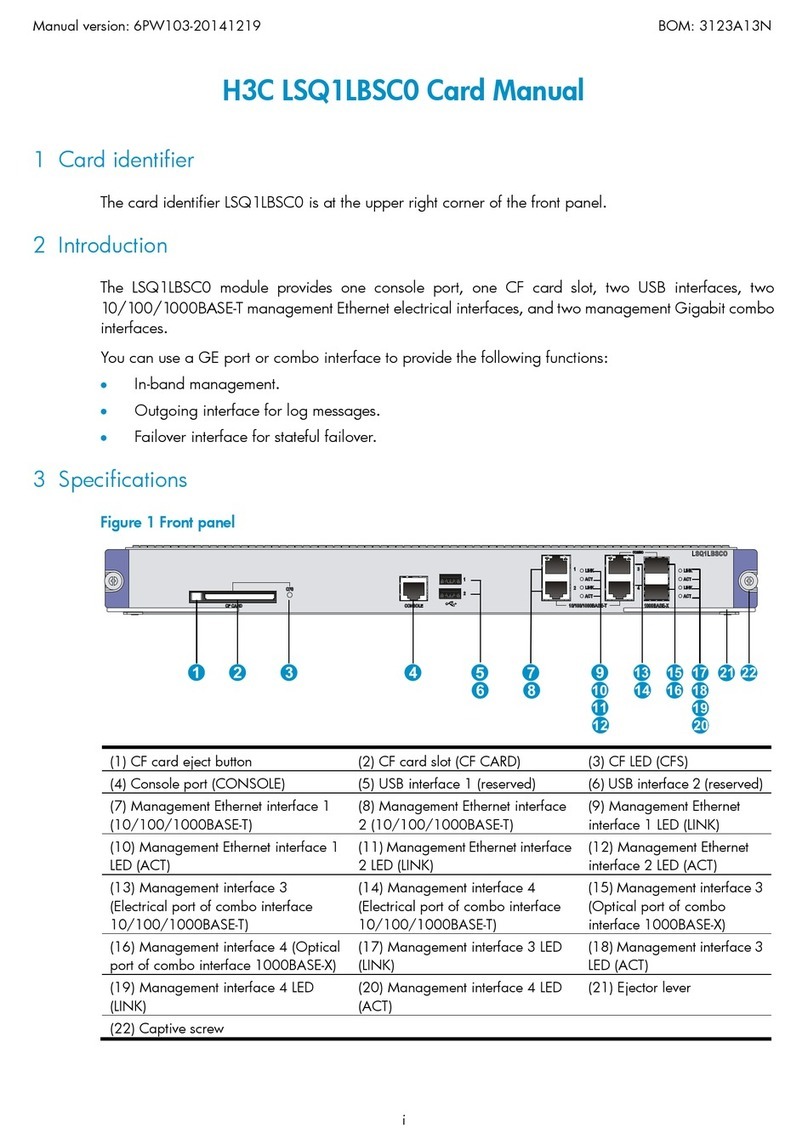
H3C
H3C LSQ1LBSC0 User manual
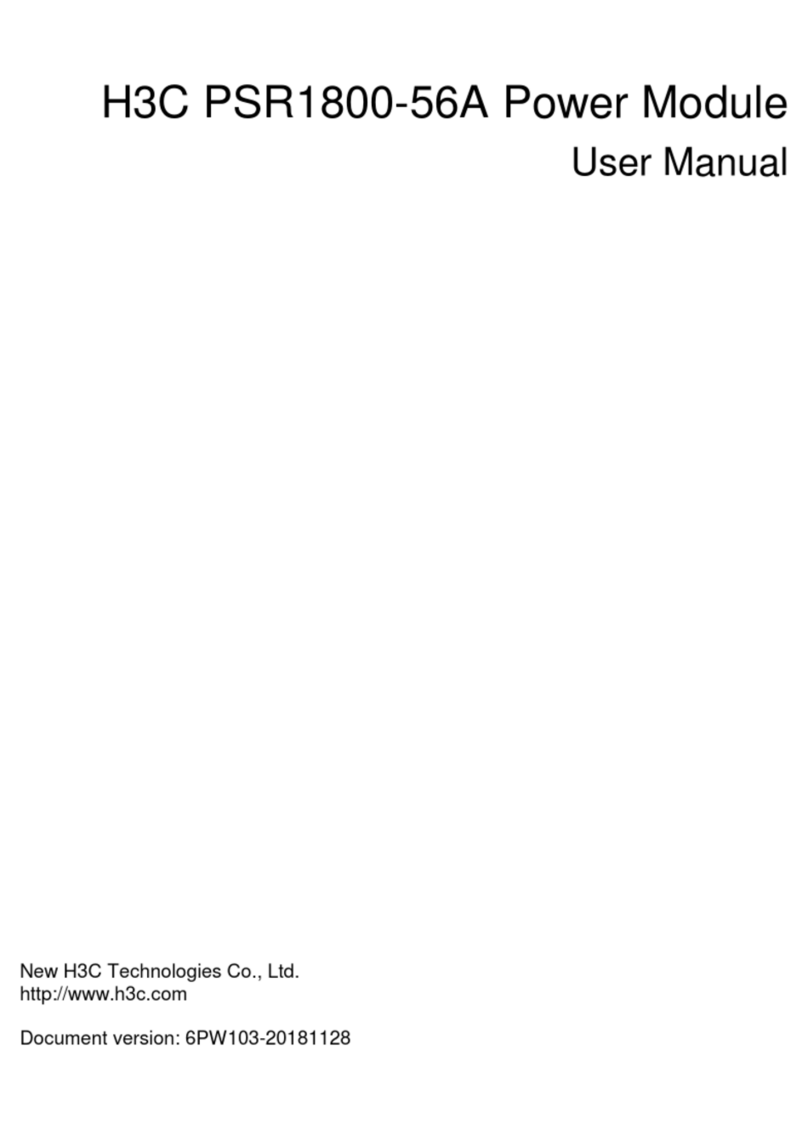
H3C
H3C PSR1800-56A User manual
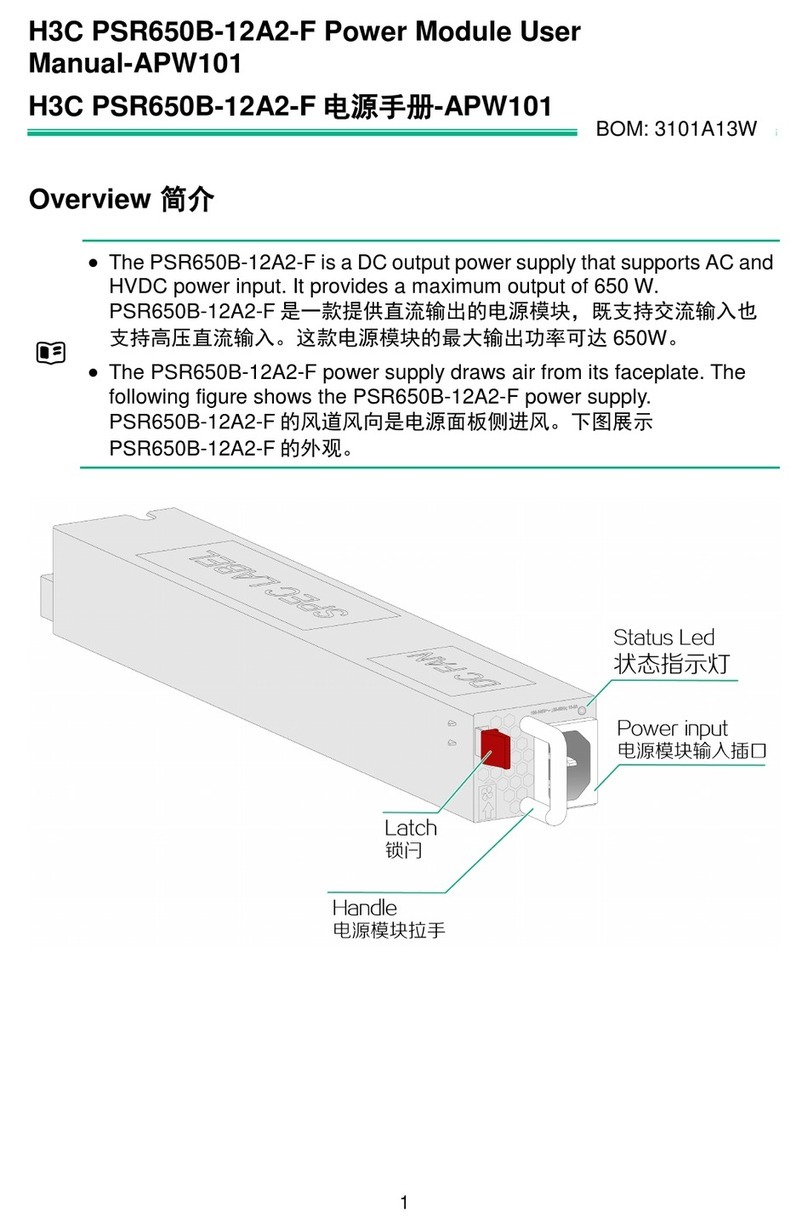
H3C
H3C PSR650B-12A2-F User manual
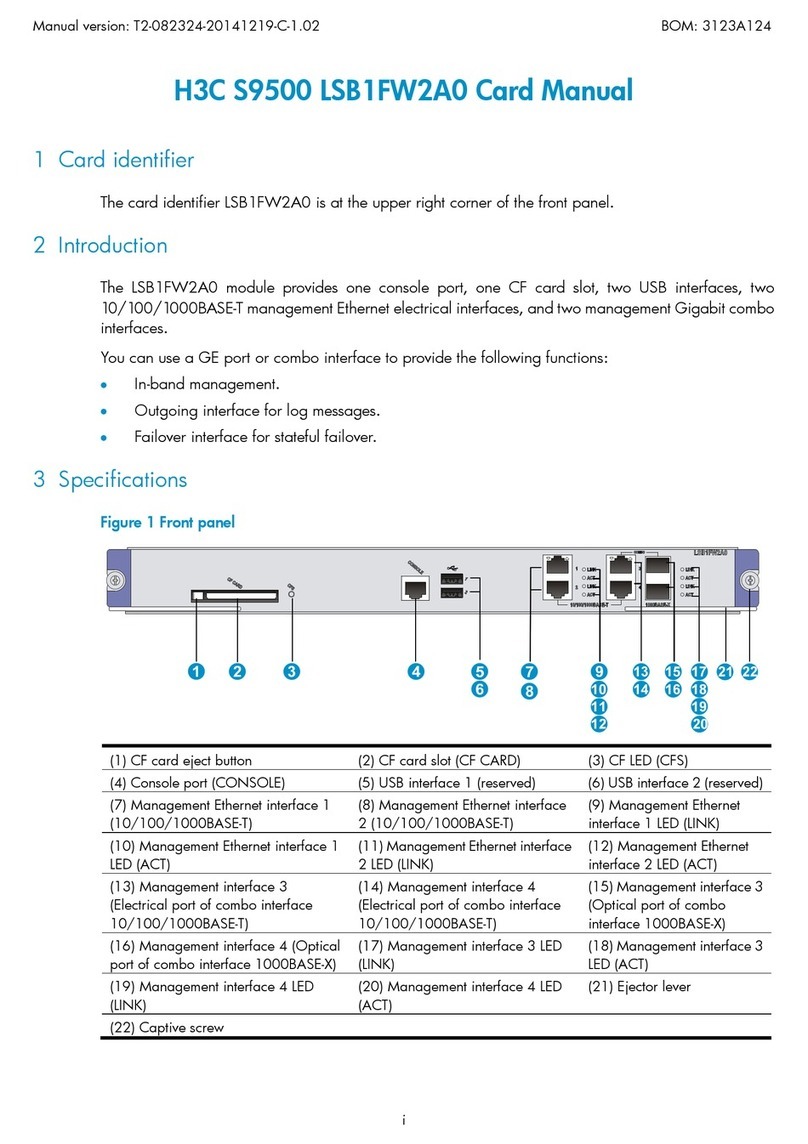
H3C
H3C S9500 LSB1FW2A0 Parts list manual
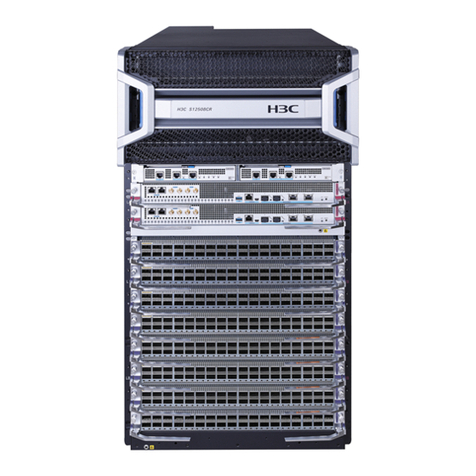
H3C
H3C PSR3000-54A User manual
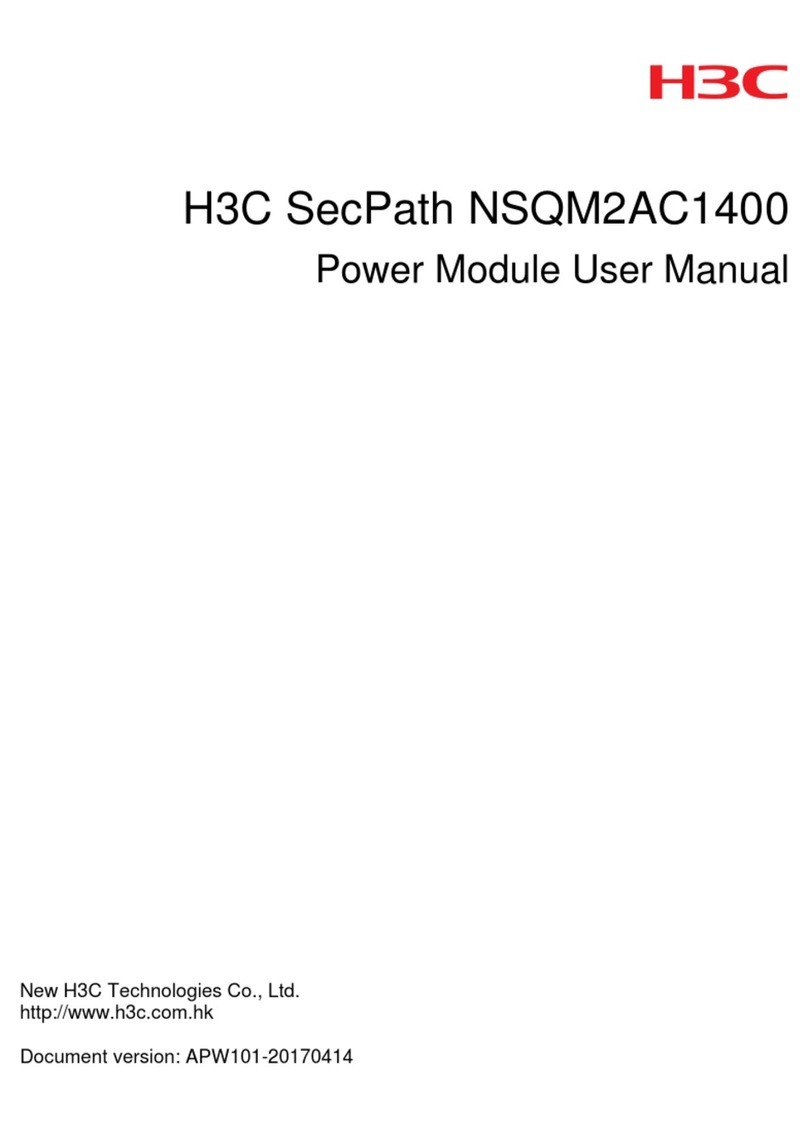
H3C
H3C SecPath NSQM2AC1400 User manual
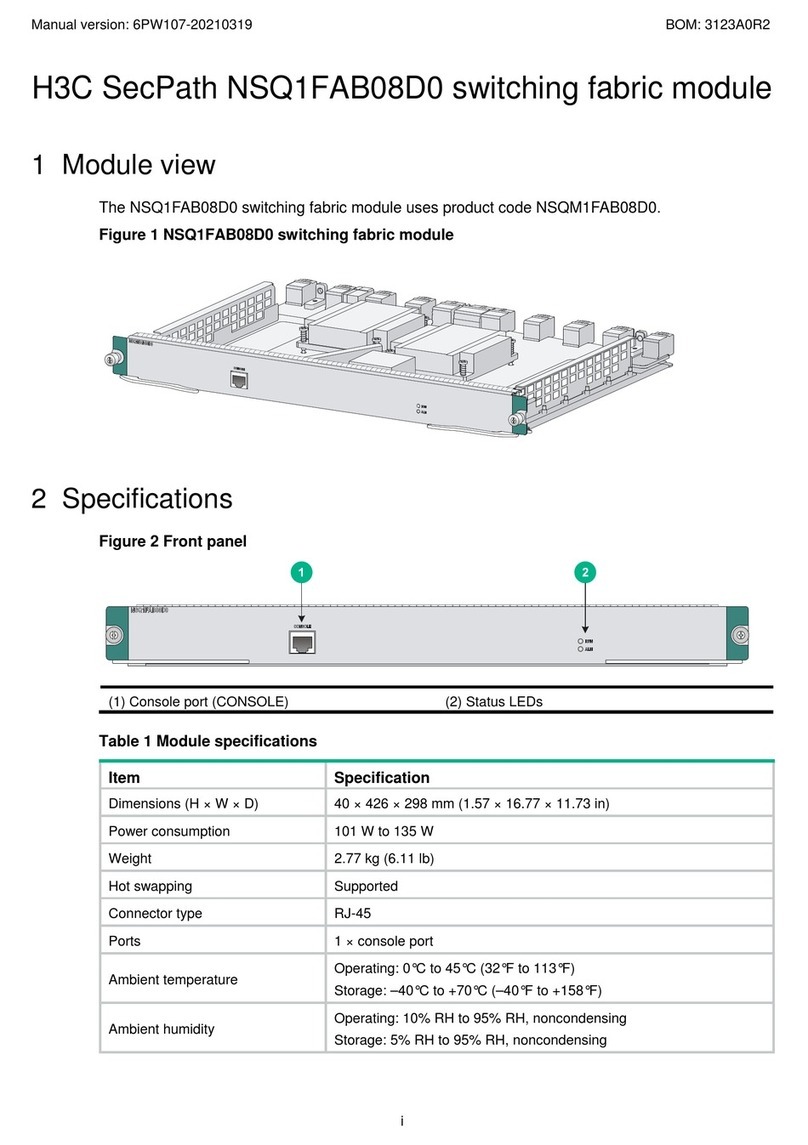
H3C
H3C SecPath NSQ1FAB08D0 User manual
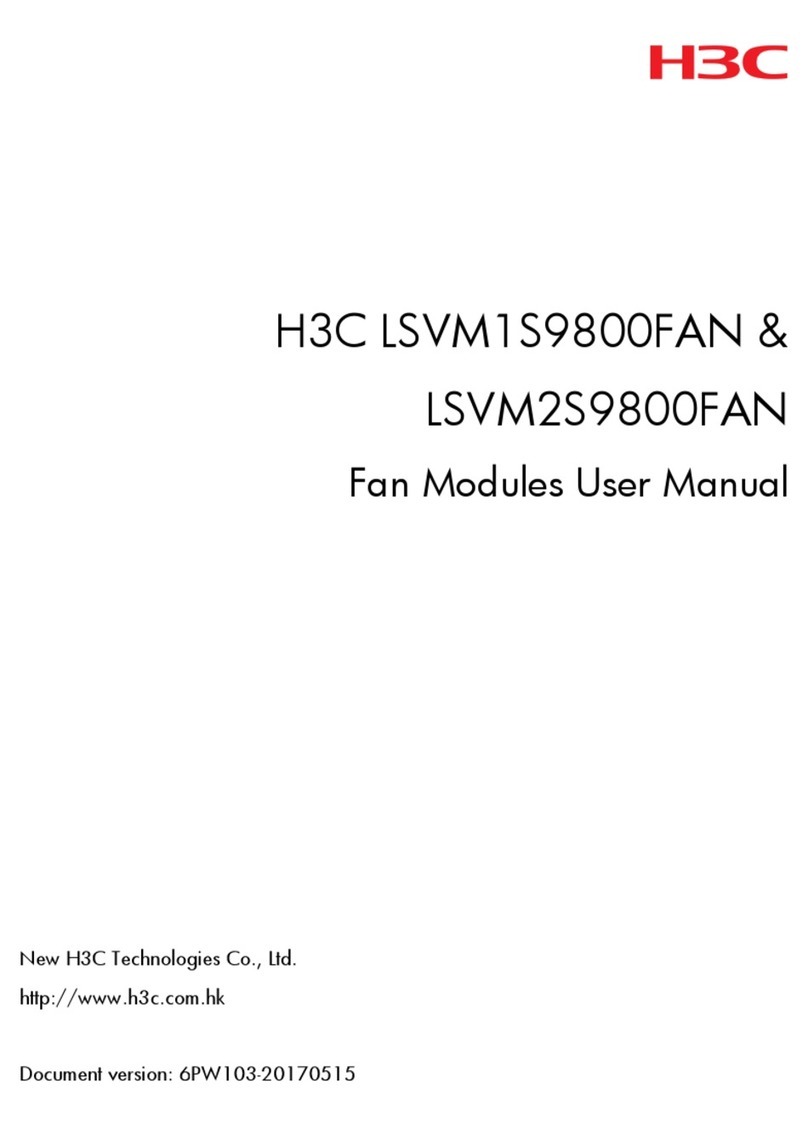
H3C
H3C LSVM1S9800FAN User manual
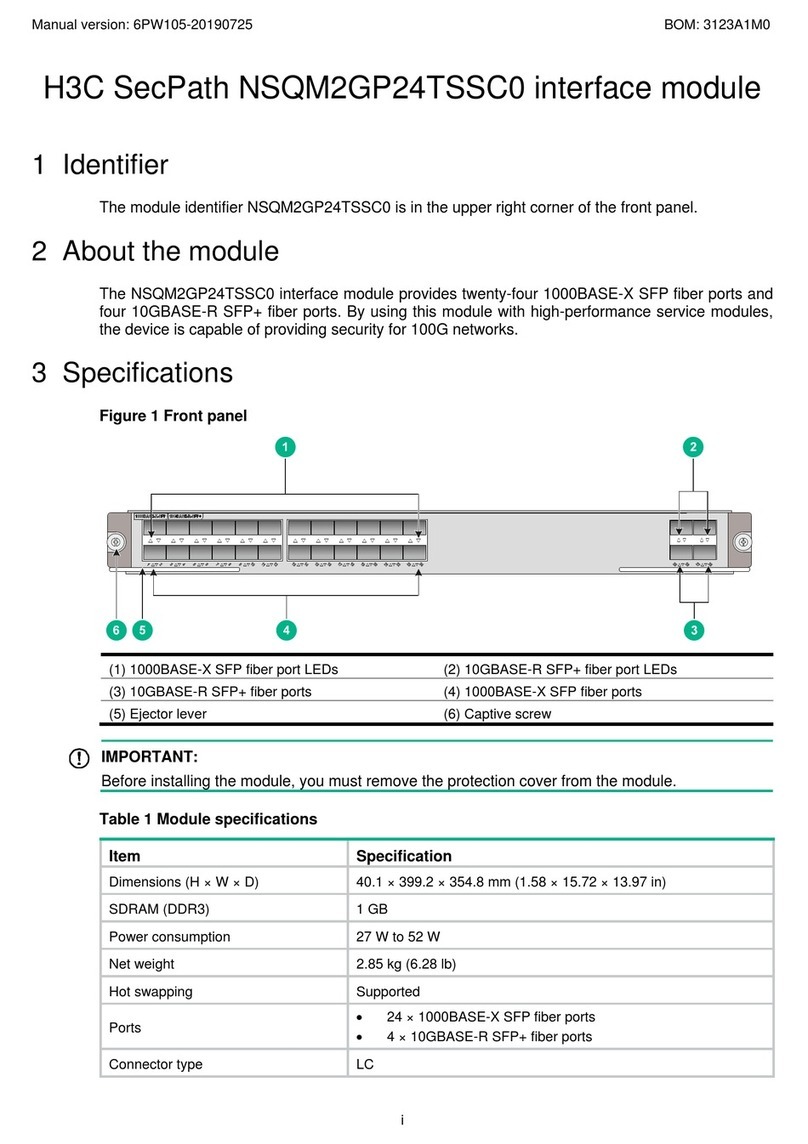
H3C
H3C SecPath NSQM2GP24TSSC0 User manual
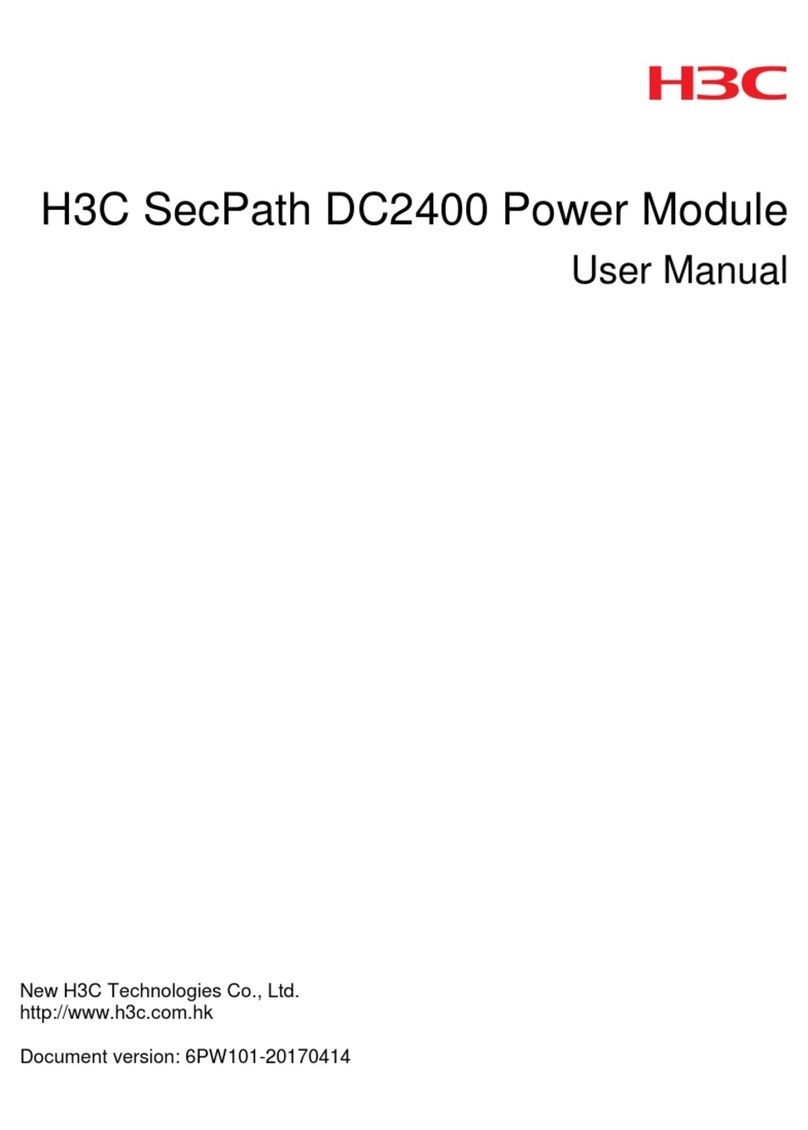
H3C
H3C SecPath DC2400 User manual
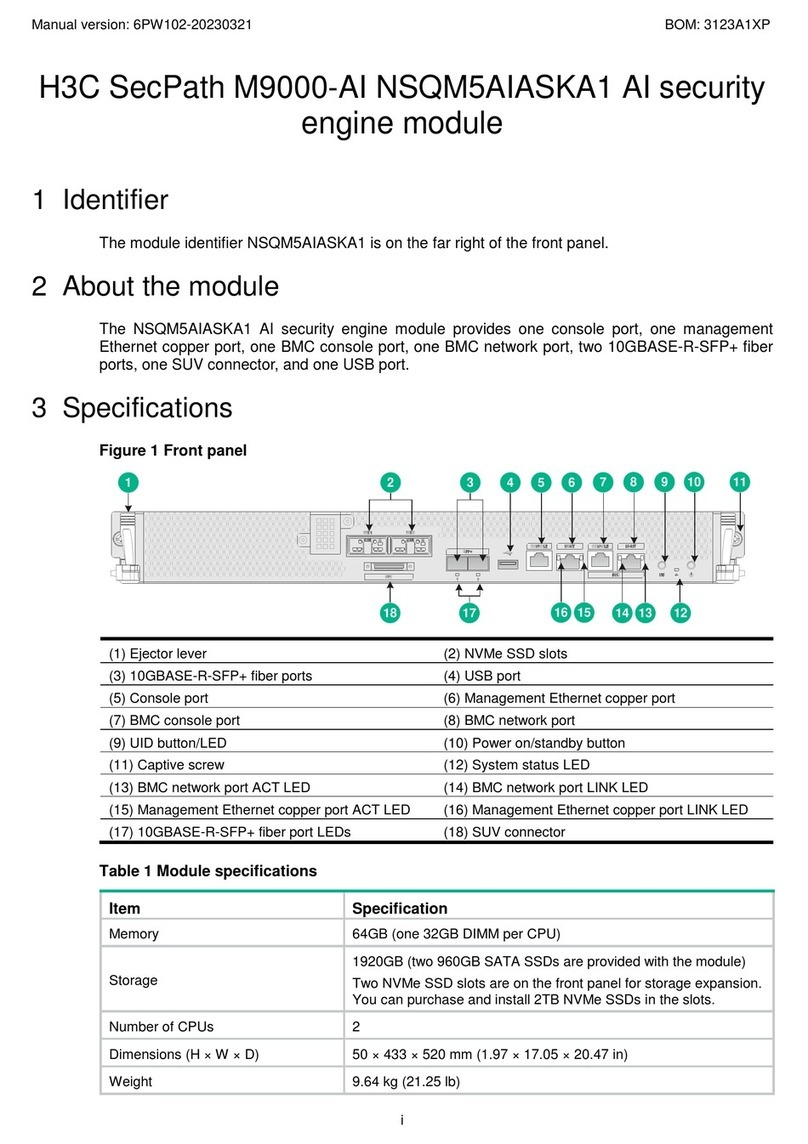
H3C
H3C SecPath M9000-AI NSQM5AIASKA1 User manual
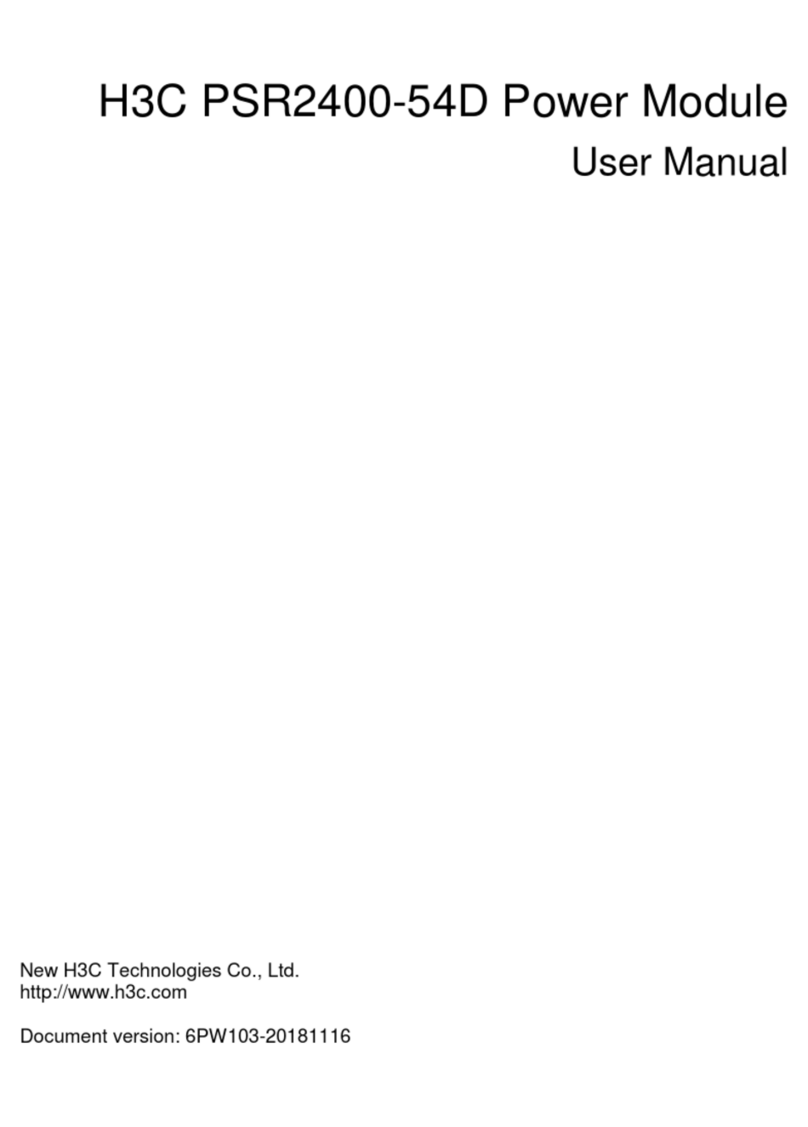
H3C
H3C PSR2400-54D User manual
Popular Control Unit manuals by other brands
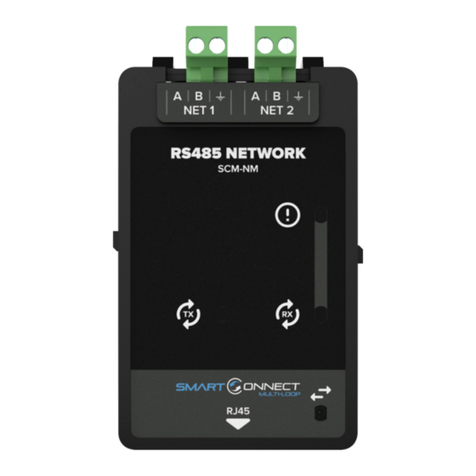
Zeta Alarm Limited
Zeta Alarm Limited SmartConnect SCM-NM instruction manual
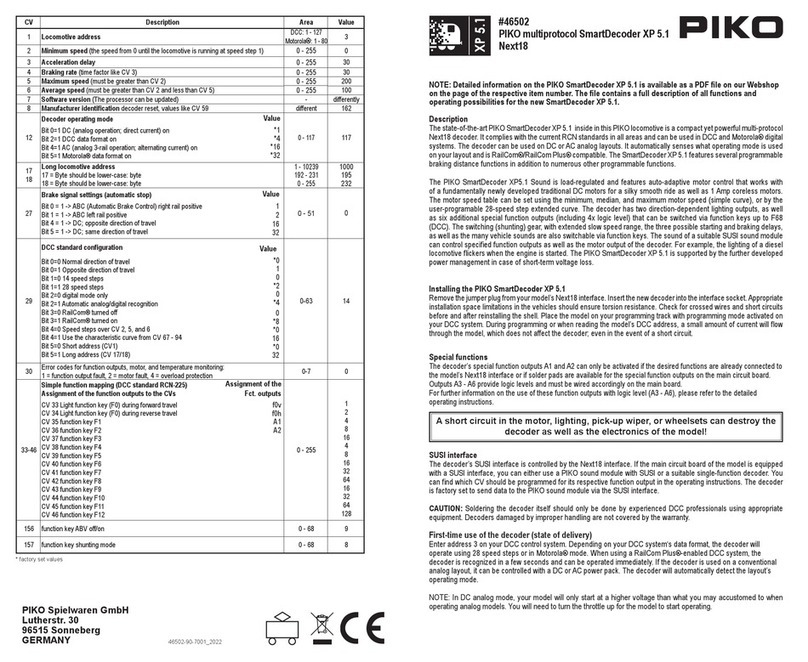
PIKO
PIKO SmartDecoder XP 5.1 Next18 manual
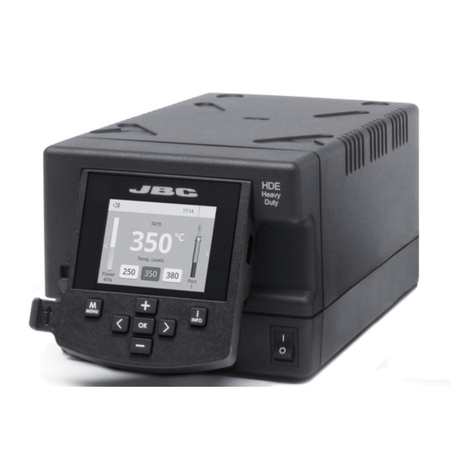
jbc
jbc HDE-2C instruction manual
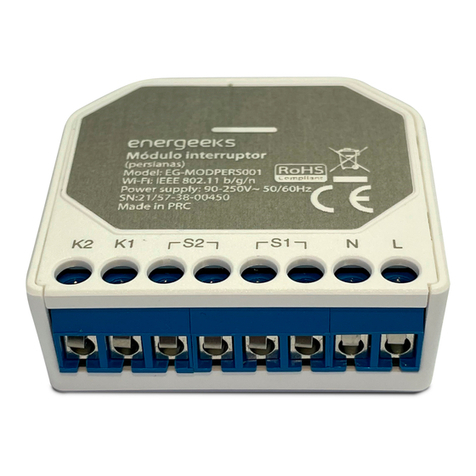
Energeeks
Energeeks EG-MODPERS001 Quick installation guide
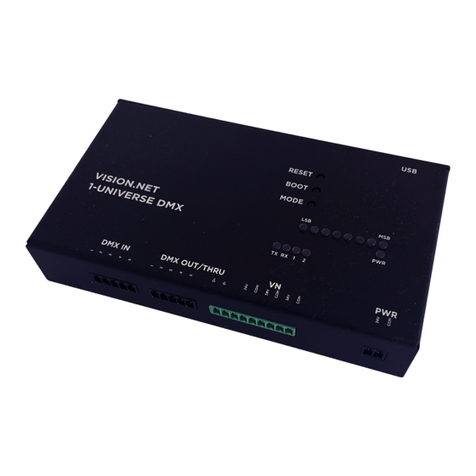
Strand
Strand Vision.Net DMX quick start guide
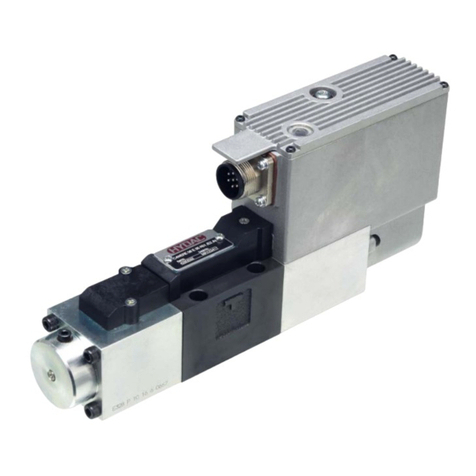
HYDAC International
HYDAC International C4WERE 6 instruction manual
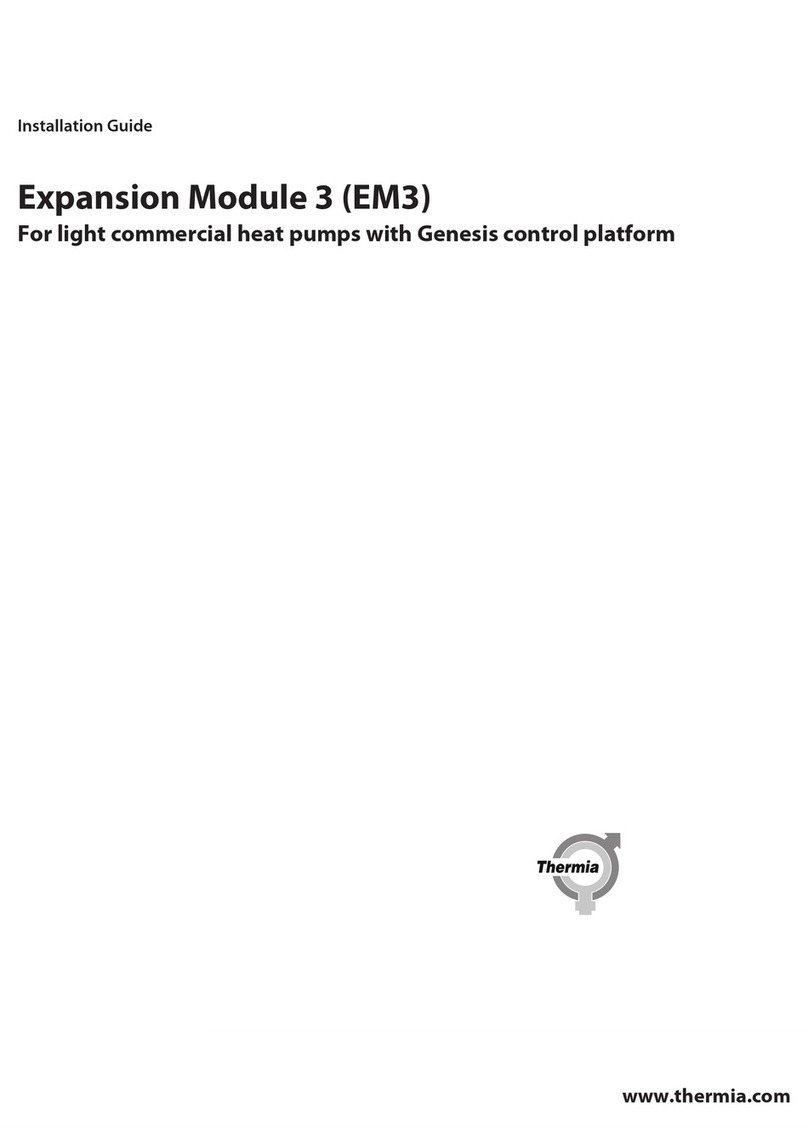
Thermia
Thermia EM3 installation guide
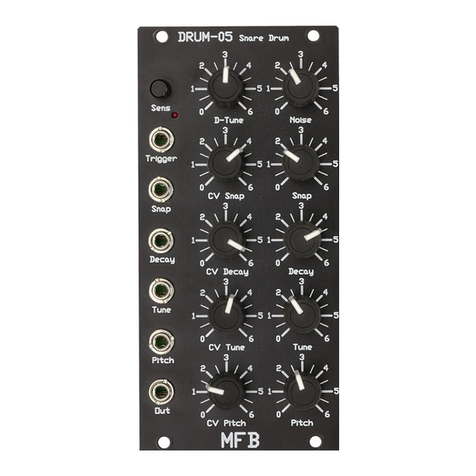
MFB
MFB DRUM-05 operating manual

Matrix Orbital
Matrix Orbital LK202-25 Technical manual

Feig Electronic
Feig Electronic ID ISC.LRM1002-E Integration manual
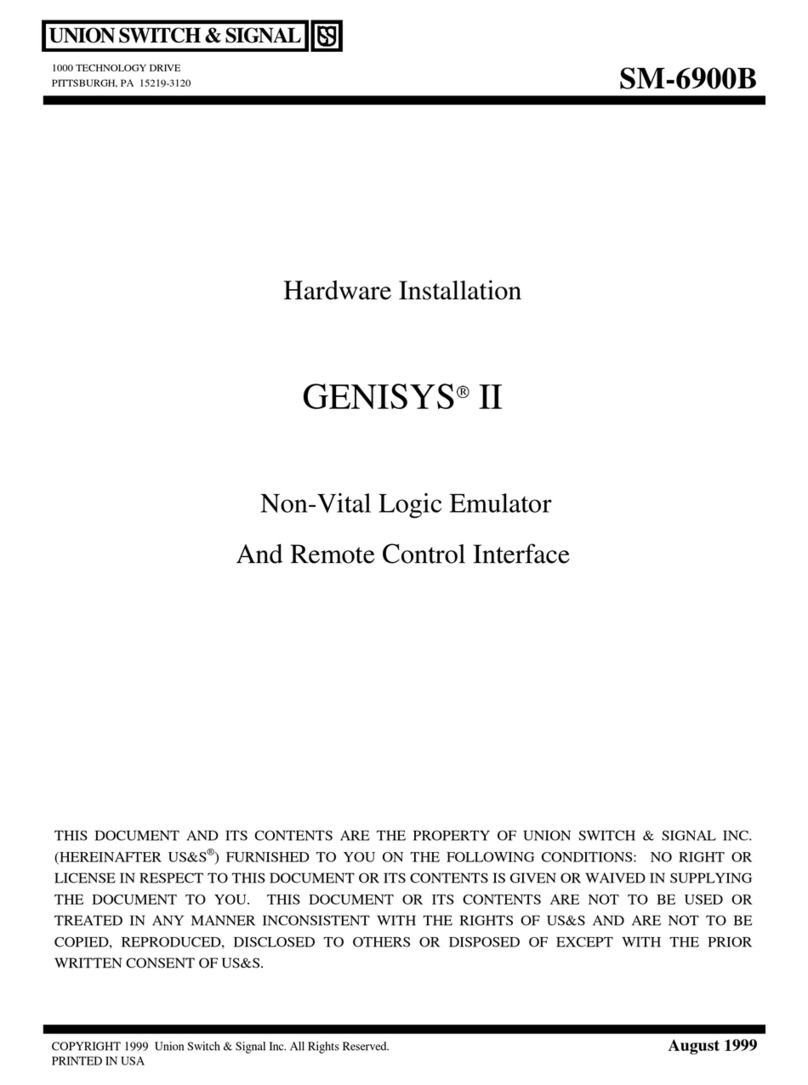
Union Switch & Signal
Union Switch & Signal GENISYS II Hardware installation
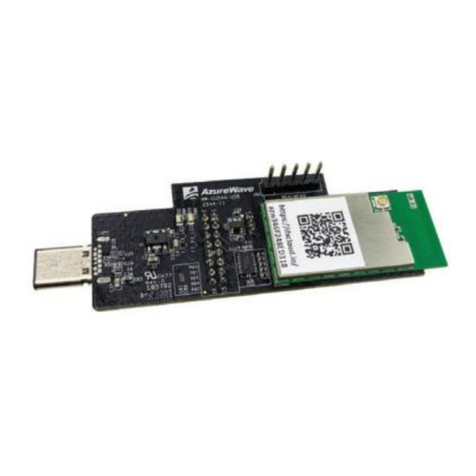
Infineon
Infineon AIROC IFW56810 Getting started
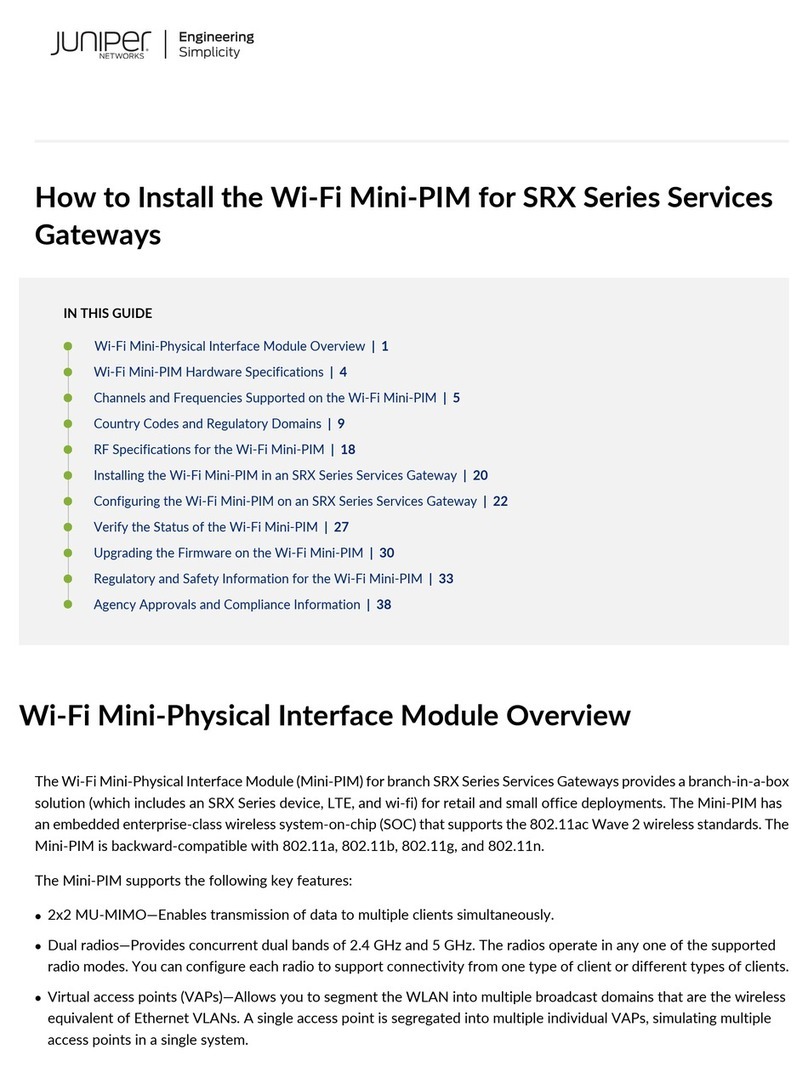
Juniper
Juniper SRX-MP-WLAN-US How to install
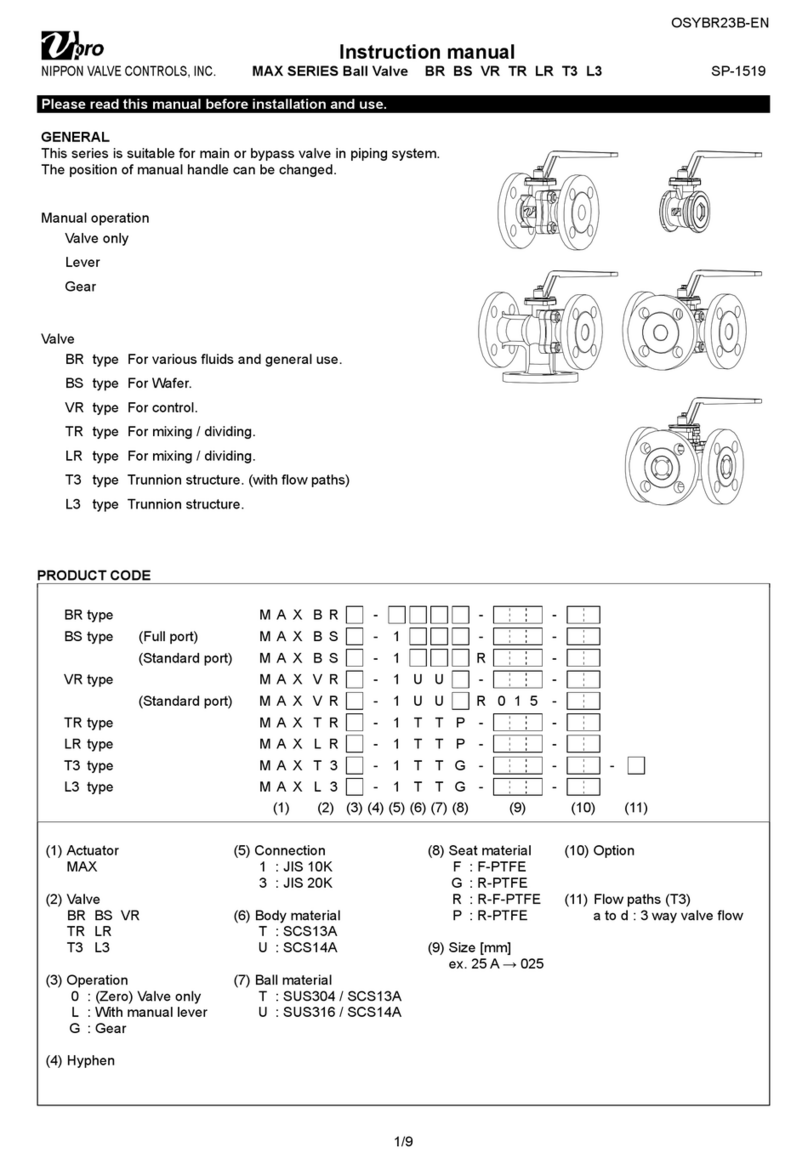
NIPPON VALVE CONTROLS
NIPPON VALVE CONTROLS Vpro MAX Series instruction manual

B&R
B&R X20cSC2212 manual
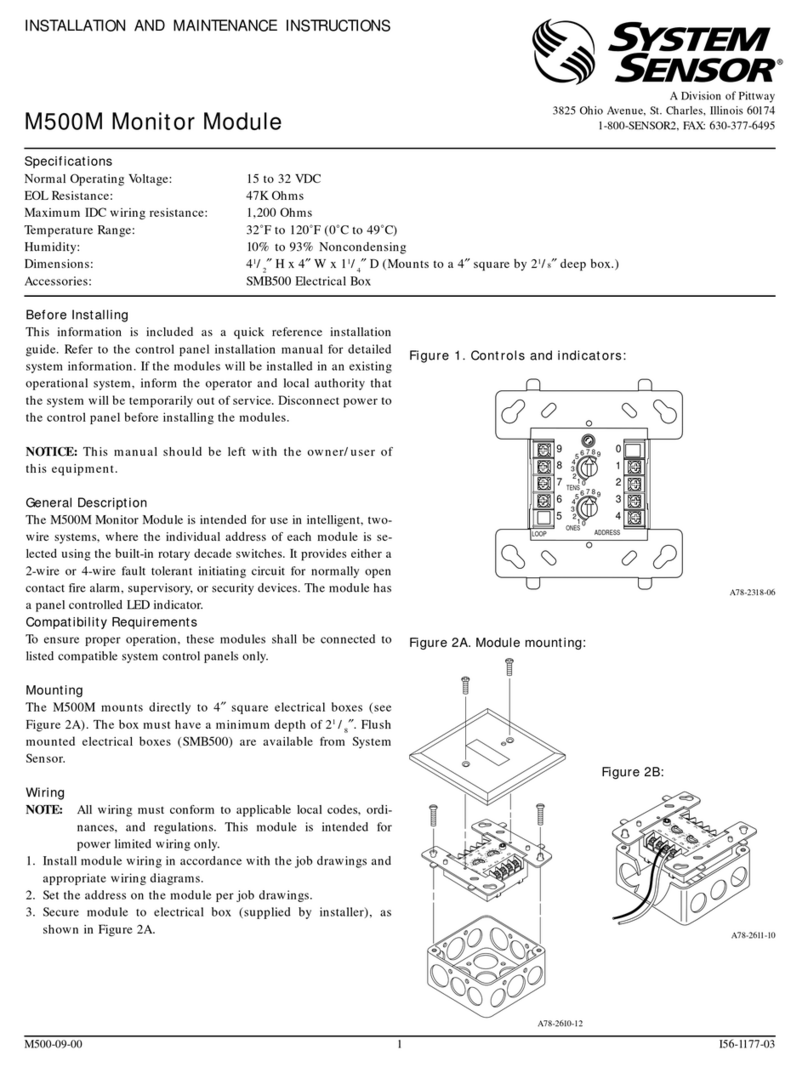
Pittway
Pittway SYSTEM SENSOR M500M Installation and maintenance instructions
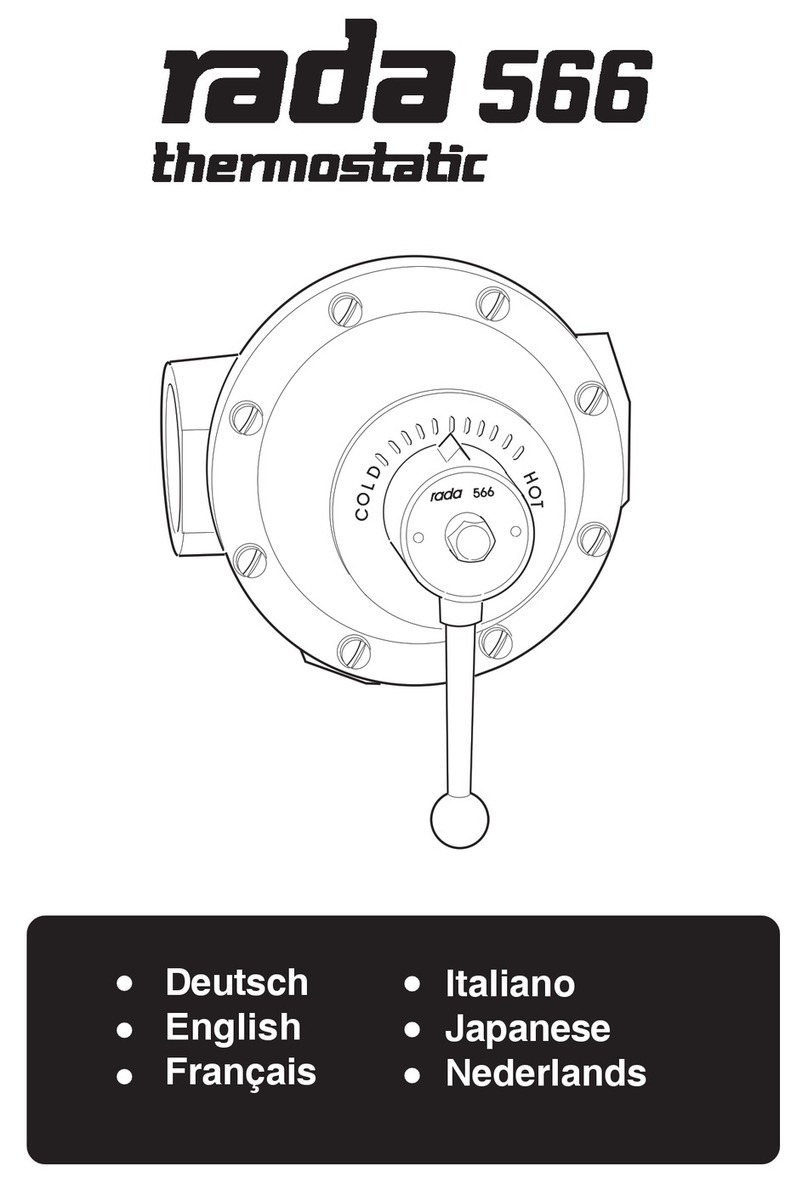
rada
rada 566 Installation and Maintenance
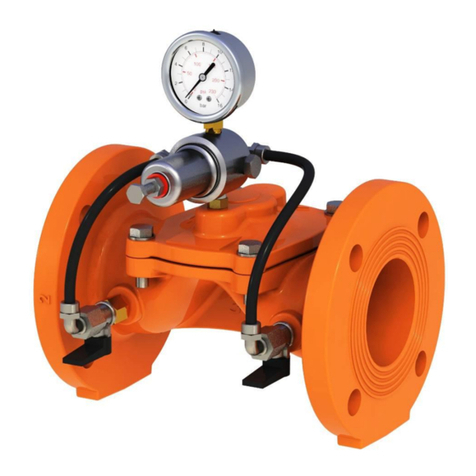
A.R.I.
A.R.I. Eliptix R-30 S 2W Installation, Operating, Maintenance
